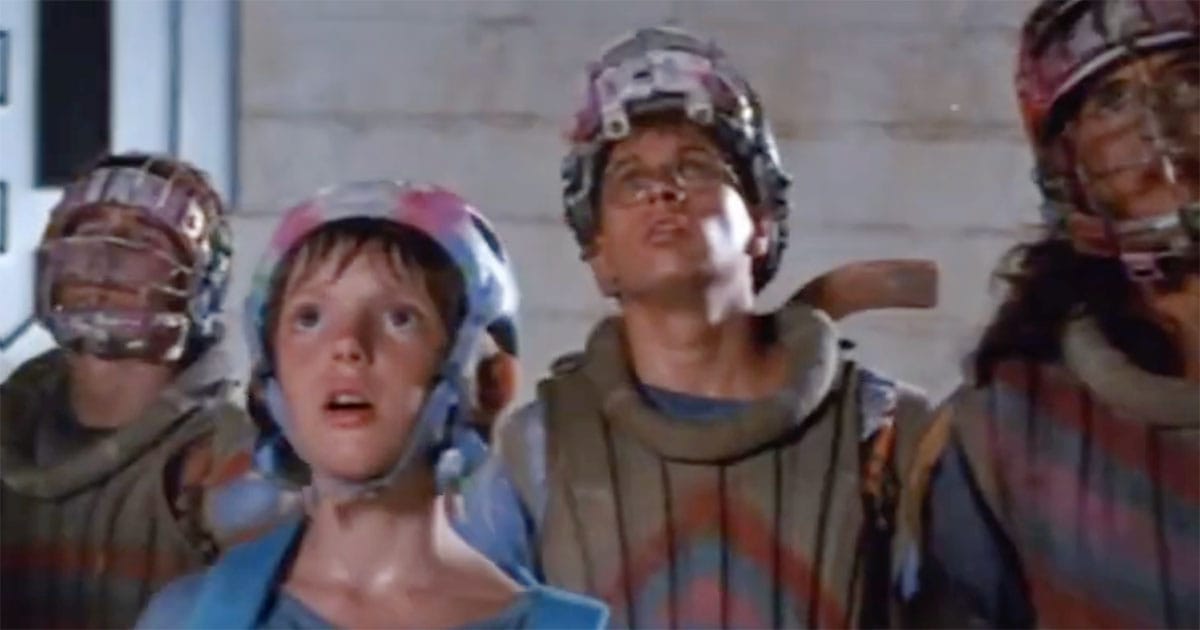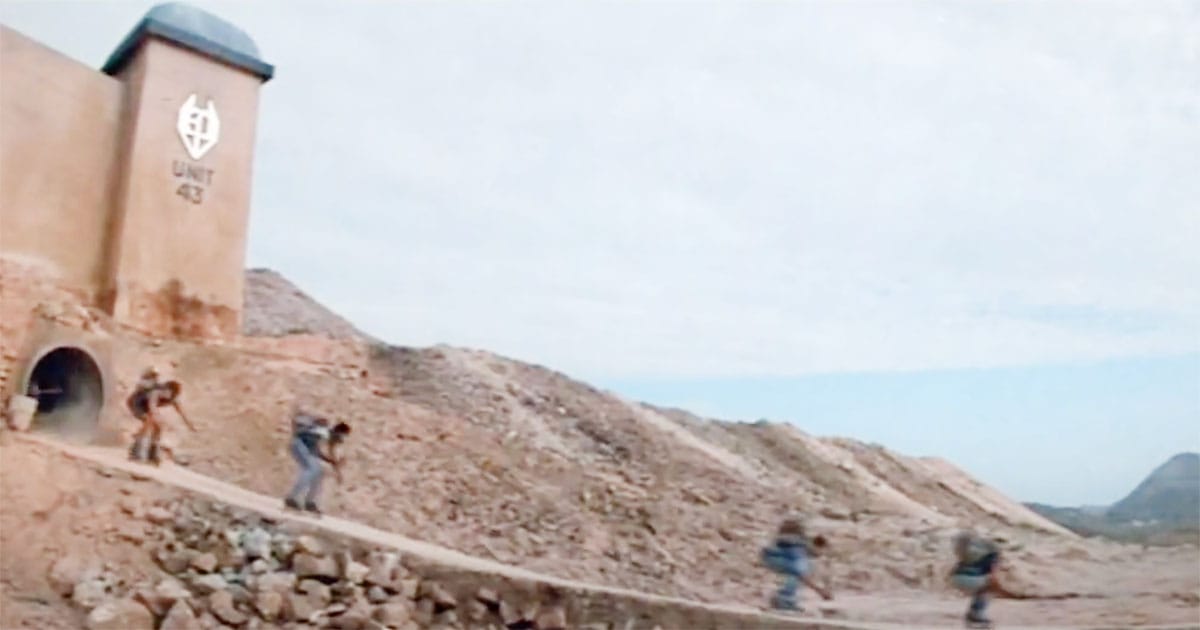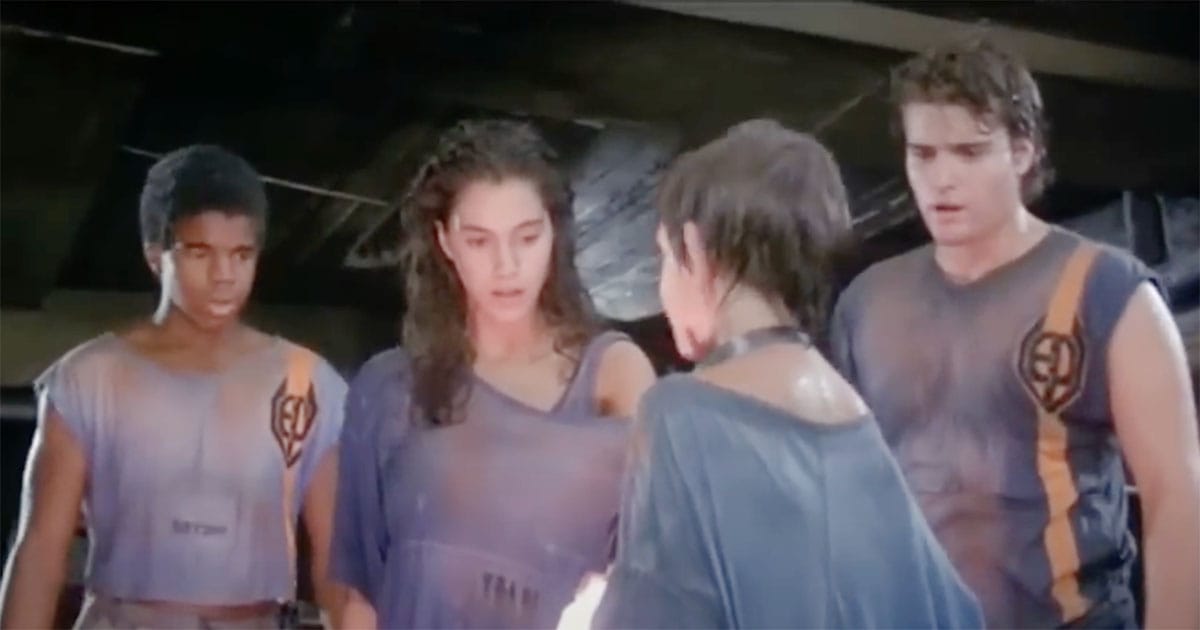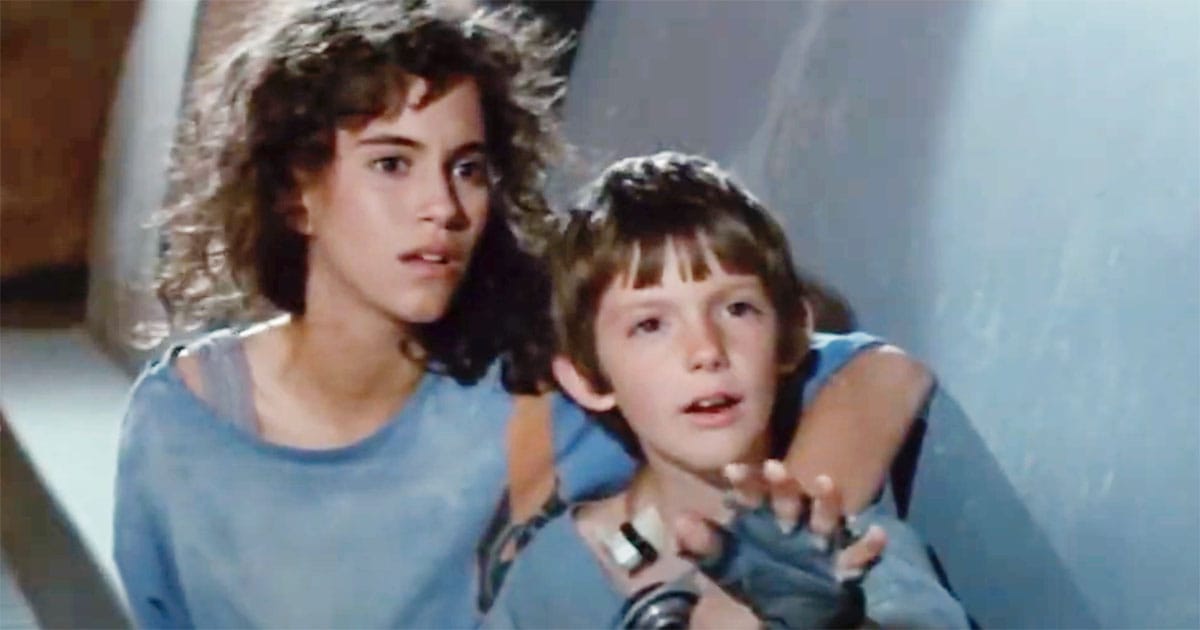Solarbabies in a Dry and Broken World
A thoughtful look at "Solarbabies" and its post-apocalyptic themes of youth, rebellion, and survival. A flawed but earnest 1980s sci-fi adventure. 6 out of 10.

"Solarbabies," released in 1986, presents a curious future where water is scarce and controlled by the Eco Protectorate, a regime that sees no reason to be kind.
A group of orphans, armed with skates and teenage defiance, stumble upon an alien orb named Bodhi. This orb, glowing and mysterious, seems to offer more than escape—it offers hope. And in science fiction, hope is often the most dangerous idea of all.
The film stars Jason Patric, Jami Gertz, and Lukas Haas, and attempts to fuse science fiction with youthful adventure. The result is uneven but energetic. Its world is cobbled together from familiar parts—dystopia, rebellion, mysticism—but there is enthusiasm in the telling. It is science fiction with roller skates and ambition.
"Solarbabies" is not a model of narrative clarity. Its tone shifts without warning, and its story feels patched together from stronger influences. Yet these flaws are tempered by a genuine sense of wonder. The film tries to convey meaning, and that effort is evident.
In the review ahead, we'll look at what works, what doesn't, and why it matters. A flawed film can still be a revealing one. In science fiction, bold failure is often more interesting than safe success. "Solarbabies" proves the rule.
| Title | Solarbabies |
|---|---|
| Director | Alan Johnson |
| Writer | Walon Green, D.A. Metrov |
| Actors or Actresses | Richard Jordan, Jami Gertz, Jason Patric |
| Rated | PG-13 |
| Runtime | 94 min |
| Box Office | $1,579,260 |
| U.S. Release Date | 26 Nov 1986 |
| Quality Score | 6/10 |
Synopsis
In "Solarbabies," the Earth is dry. The government is cruel. The children are locked away. The Eco Protectorate controls the water supply and the future, enforcing obedience through institutions that resemble prisons more than schools.

Inside one of these compounds, a group of teenagers finds escape not through outright defiance but through a strange game played on roller skates. It is fast, chaotic, and oddly beautiful. When they discover Bodhi, a mysterious orb that brings light and life, their purpose changes. They decide to flee.
Their journey leads them across a ruined landscape, where they meet enemies, allies, and others just trying to survive. The teenagers never doubt Bodhi, and that is telling. In the face of ruin, belief becomes power. Each trial they face forces them to grow stronger and stay together.
The story brushes up against ideas about ecology, control, and the resilience of youth. It does not stop to preach, and that may be to its credit. The ending offers a kind of victory, though it remains uncertain. Like the best science fiction, it reminds us that hope is often the first step to freedom.
Themes
"Solarbabies" takes place in a world where water has disappeared and with it, much of civilization. The result is a barren future under the tight grip of a technocratic authority called the Eco Protectorate. The film never explains how the world reached this state, but the implication is clear. Neglect of nature and overreach of power often go hand in hand.
At its heart, the film is about resistance. Not the organized kind with manifestos and grand speeches, but the kind that begins in boredom, friendship, and quiet defiance. The young characters are not warriors. They are orphans playing games inside a walled compound, but those games turn into something more.
The roller sport they play is unusual and imaginative. On the surface, it is a diversion. But in science fiction, play can be practice for freedom. It teaches movement, cooperation, and courage—three things the Eco Protectorate does not understand.

When the teenagers find Bodhi, their mission changes. Bodhi is a glowing orb with powers that are never fully explained. It communicates, it heals, and it makes water. It may be alien, or spiritual, or both. What matters more is what it represents—a chance to restore not just the environment, but the future.
This discovery launches a journey across a dry, broken world. Along the way, the characters are tested by threats both human and environmental. What begins as escape becomes purpose. And purpose, in a science fiction story, is often the thing that separates survival from despair.
Environmental collapse is a background theme, but never forgotten. The cracked Earth, empty reservoirs, and scarcity-driven society speak to a long-standing concern in the genre. Science fiction often asks what happens when humanity takes more than it gives. "Solarbabies" joins that conversation, even if it speaks in a lighter tone.
Another key theme is friendship as a source of strength. The group survives because they trust one another. When one falters, the others pull him back. In the end, it is not technology or violence that leads to victory, but unity. That is a rare and welcome message in any action-driven film.

Individual identity also plays a subtle role. The costumes are functional but personal. Even in a future stripped of comfort, the characters maintain distinct appearances and attitudes. They are not clones of one another. This suggests that even in systems designed to erase difference, people find ways to remain themselves.
The film's inconsistency in tone occasionally undermines these ideas. Moments of seriousness are often followed by absurd or exaggerated scenes. This creates tension not within the story, but in how it is told. Still, the intent remains clear throughout.
"Solarbabies" is a film that reaches for meaning, even when its grip is unsteady. It presents a future worth fearing, and a youth worth following. It does not always convince, but it never stops trying. And in the world of science fiction, that effort often counts for more than perfection.
Who Will Enjoy Solarbabies
"Solarbabies" explores a future drained not just of water but of freedom and wonder. It presents a world ruled by scarcity, where the Eco Protectorate controls both the land and the minds of its young. This authority is faceless and absolute. In classic science fiction fashion, the film suggests that such control begins with the body but ends with the spirit.
The film's central theme is the conflict between oppression and freedom. The teenage characters begin as inmates of a system that pretends to protect but ultimately imprisons them. Their love for a strange sport, played on roller skates with a glowing ball, is the first sign of resistance. It is an outlet for identity in a place that discourages it.

When they discover Bodhi, a mysterious orb with unexplained powers, the stakes rise. Bodhi is not just a symbol of hope, but also a representation of belief in something greater. The film never defines it clearly, and that ambiguity works in its favor. Science fiction often uses the unknown to push its characters into action, and that is what happens here.
The teenagers leave their confinement and set out across a barren world. In doing so, they shift from passive subjects to active agents. Their journey is not just about escaping the Eco Protectorate. It is about learning what it means to be free in a world that has forgotten the meaning of the word.
Environmental collapse sits in the background of this tale. The Earth is cracked, dry, and lifeless. This condition is treated as normal, which makes it more chilling. The control of water is not just about politics—it is about survival. The film reminds us that when resources vanish, so too does trust, generosity, and culture.
The theme of friendship runs throughout the story. The group survives because they stick together. They argue and make mistakes, but their bond is never broken. Science fiction has always been interested in how people survive as a group, not just as individuals. Here, it is that unity that brings change.
The film also presents the idea that identity persists even under pressure. The characters each retain a sense of self despite their environment. Costuming and visual design emphasize this point. Even in a collapsed society, people still make choices about how to present themselves. That alone is a form of quiet rebellion.
The tone is uneven, and this weakens some of the message. Serious moments are interrupted by camp, and not always in a useful way. Still, the film means well. It wants to entertain, but it also wants to say something about how we live and what we value.
In the end, "Solarbabies" asks the viewer to imagine a world in need of healing, and a group of the young brave enough to begin. It does not explain every idea or tie up every thread. But it tries, and in science fiction, the attempt to ask big questions often matters more than finding easy answers.

